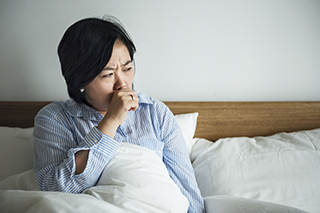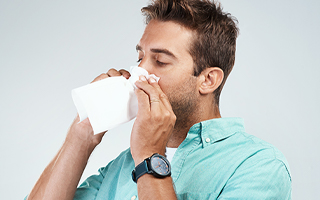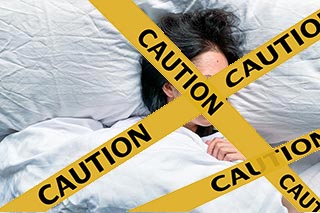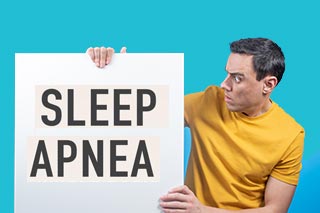Sleep apnoea is often seen as a solitary issue—snoring, fatigue, and restless nights. But in reality, it’s just the visible tip of a much larger iceberg. Beneath the surface lies a web of interconnected health risks that can profoundly impact your body, mind, and overall quality of life.
Sleep apnoea often appears to be just the tip of the iceberg when it comes to metabolic syndrome. Many people with sleep apnoea also have underlying conditions such as heart disease, diabetes, gout, hyperlipidemia, and insulin resistance, among others. It is common for sleep apnoea to be identified when a cardiologist refers a patient for sleep studies, particularly when they encounter challenging cases of high blood pressure or arrhythmias like atrial fibrillation that are difficult to manage. This shows the strong connection between sleep apnoea and broader metabolic and cardiovascular issues.
If untreated, sleep apnoea can silently pave the way for a cascade of serious health complications. Here’s what lies beneath the surface:
1. Heart Health on the Line
Sleep apnoea doesn’t just disrupt your breathing; it also disrupts your heart. Repeated pauses in breathing cause fluctuations in oxygen levels, placing immense strain on the cardiovascular system. This increases your risk of:
- High blood pressure
- Heart attacks
- Irregular heart rhythms
- Stroke
Each untreated night puts your heart under chronic stress, making cardiovascular disease one of the most significant hidden dangers.
2. Your Brain Under Siege
Interrupted sleep and oxygen deprivation take a toll on your brain. People with untreated sleep apnoea often report memory loss, difficulty concentrating, and slower decision-making. Over time, these issues can escalate, contributing to cognitive decline and increasing the risk of dementia.
3. The Metabolic Domino Effect
Sleep apnoea affects your metabolism in profound ways. It disrupts hormones that regulate hunger, leading to weight gain and obesity—a known contributor to worsening sleep apnoea. Additionally, untreated sleep apnoea is closely linked to insulin resistance and type 2 diabetes, forming a dangerous cycle of metabolic dysfunction.
4. Emotional and Mental Health Impact
Sleep apnoea doesn’t just drain your energy; it drains your mood. Poor sleep quality is directly linked to irritability, anxiety, and depression. Over time, these mental health challenges can affect relationships, work performance, and overall life satisfaction.
5. Chronic Inflammation and Immune Dysfunction
The repeated stress and oxygen dips caused by sleep apnoea can trigger chronic inflammation throughout the body. This inflammation is a precursor to numerous diseases, from autoimmune conditions to certain cancers. Moreover, a weakened immune system makes it harder to fend off illnesses and recover from infections.
6. Increased Risk of Accidents
Fatigue from untreated sleep apnoea can be as impairing as alcohol consumption when driving or operating machinery. Sleep-deprived individuals are at a significantly higher risk of workplace accidents and car crashes, putting their lives—and others’—in jeopardy.
A Disease With Far-Reaching Effects
Sleep apnoea is not just a “snoring problem.” It’s a systemic condition with ripple effects that touch every aspect of your health. The visible symptoms are only the tip of the iceberg; the deeper consequences can take years off your life if ignored.
Take Action: Address the Whole Iceberg
The good news is that sleep apnoea is treatable. Whether through lifestyle changes, CPAP therapy, dental devices, or surgical options, there are ways to manage this condition and prevent its hidden dangers.
By seeking professional help, you’re not just treating sleep apnoea—you’re protecting your heart, brain, metabolism, and overall health.
Don’t Let Sleep Apnoea Sink Your Health
The dangers of untreated sleep apnoea extend far beyond snoring. Understanding its full impact is the first step toward taking control of your health. If you suspect sleep apnoea, don’t wait. The sooner you address it, the sooner you can rise above the iceberg and enjoy the benefits of restful, restorative sleep.











